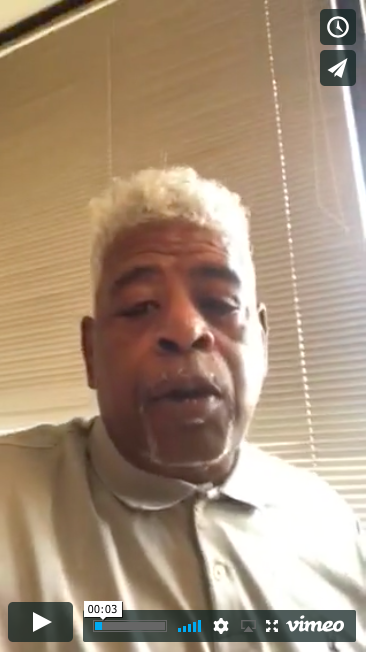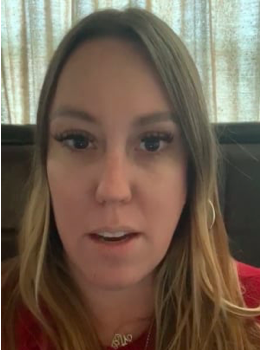Written by: Internal Analysis & Opinion Writers
The Trump administration is reportedly exploring an initial public offering (IPO) for Fannie Mae and Freddie Mac by the end of 2025—a move that could generate up to \$30 billion by selling between 5% and 15% of shares to public investors. If executed, the offering would be among the largest IPOs in history and signal a major shift in U.S. housing finance policy.
Market analysts estimate that the combined valuation of the government-sponsored enterprises could top \$500 billion. However, legal and mortgage industry experts remain skeptical that such a complex offering can be launched within the current calendar year, calling the proposed timeline both “ambitious” and “highly uncertain.”
Marty Green, principal at mortgage law firm Polunsky Beitel Green, described the plan as “extraordinarily aggressive,” suggesting that while the administration may make progress toward an IPO by year’s end, completing one in 2025 remains unlikely. He emphasized that launching even a partial public offering without first resolving conservatorship issues or addressing investor protections would present legal and operational challenges.
The firms have been under federal conservatorship since the 2008 financial crisis, operating with a government backstop while posting consistent profits and gradually rebuilding capital reserves. While their shares are still traded over the counter, full re-entry to public markets would represent a dramatic rebranding of their current status.
Green also noted that an IPO might technically occur while the entities remain under conservatorship, but that doing so could raise concerns around governance, capital structure, and investor confidence. Such a model would need to strike a delicate balance between private ownership and continued federal oversight.
The path to an IPO is further complicated by regulatory questions, including how much of the federal government’s implicit guarantee would remain intact and how new capital rules would apply. Investors would also need clarity on how returns would be distributed, particularly in light of the U.S. Treasury’s significant senior preferred stock position in both firms.
To surpass previous IPO records—such as Saudi Aramco’s \$25.6 billion offering—Fannie and Freddie would need strong market demand, coordinated regulatory approvals, and confidence that a stable long-term framework is in place. At present, none of those conditions have been publicly confirmed.
Nevertheless, the White House has been engaging major financial institutions. President Trump reportedly met with the CEOs of Bank of America, JPMorgan Chase, and other top banks to explore the feasibility of a public offering. Treasury officials have remained tight-lipped about formal plans, but sources suggest discussions are progressing behind the scenes.
FHFA Director Bill Pulte has expressed openness to reforming the GSEs, potentially through mechanisms like an IPO. Still, he has also cautioned that the agencies must remain stable during any transition and has not set a firm timeline for privatization.
For investors, lenders, and policymakers alike, the prospect of a 2025 IPO brings both excitement and uncertainty. On one hand, a stock offering could restore some level of independence to the GSEs and unlock billions in federal revenue. On the other, it could raise long-standing concerns about housing affordability, market access, and credit risk in the absence of full legislative reform.
While some hedge fund investors who bought shares during the conservatorship stand to benefit from a market listing, housing advocates warn that moving too quickly could destabilize key protections for borrowers—particularly low- to moderate-income families who rely on affordable conforming loan programs.
Ultimately, while momentum is building and political support is gaining steam, most experts agree that a Fannie and Freddie IPO by the end of 2025 will require a level of coordination, execution, and market trust that may be difficult to achieve within such a compressed timeframe.


































